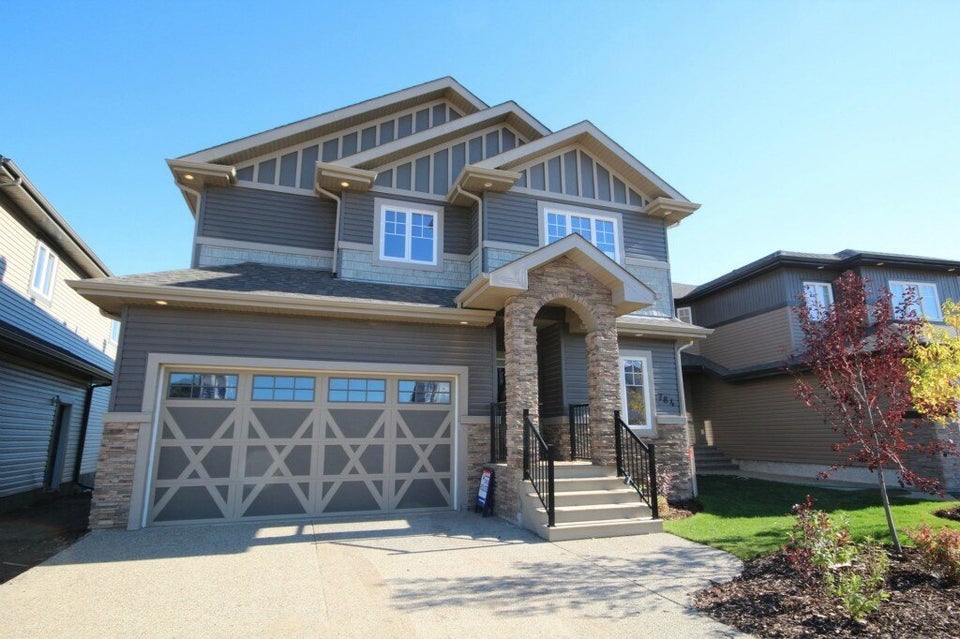As the plane descends towards Fort McMurray's airport, I am struck by the forest cover that seems to extend in all directions. It's part of the global taiga, the boreal forests of the north, a midpoint between the arctic tundra and the temperate forests of southern and coastal Canada. There are pine, spruce, and larch, and a sense that this sunny day in late August is about to yield to a colder and more challenging season.
Since 1995 Fort McMurray has been a part of the Regional Municipality of Wood Buffalo, the second largest municipality in Canada, covering almost 65,000 square kilometres, and home to not only Fort McMurray but nine other rural communities. The population of Fort McMurray has exploded since the late 1960s, when there were only about 2,500 residents. Today there are more than 100,000 people living in the region. Fort Mac, as it often is referred to, is the urban anchor for the Athabasca oil sands, the largest known reserve of heavy crude oil in the world, and a controversial but booming energy initiative, often criticized for its environmental impacts.
But critiques of the environmental impacts of the oil sands projects have also tainted the character of Fort McMurray and the Regional Municipality of Wood Buffalo. The large paycheques are said to be linked to drugs, prostitution and crime, with a series of articles in mainstream media portraying the local culture as one in which newly affluent young men are linked to prostitution, illegal drugs, and high rates of criminal involvement. Alex Hannaford wrote in the British GQ in 2012, "Unfortunately, just like the gold-rush towns of the 1800s, Fort McMurray - or Fort McMoney as it's now known - has become synonymous with crime, an explosion in prostitution and the tough, young, bored single men with too much money and little to do, who are fuelling the chaos." The titles of such articles are indicative of the author's sentiments - Hannaford's article was headlined "No country for young men," while the lead for another by Philip Preville in Chatelaine was "Down and dirty in Fort McMurray." Even Maclean's magazine has jumped on the bandwagon in its annual rankings of crime, labeling Fort McMurray as one of the more dangerous places to live in the country.
What is the truth about crime in Fort McMurray and the Regional Municipality of Wood Buffalo? Is it a municipality whose name should be synonymous with crime? Is all of this slagging actually fair and accurate -- or simply a pretext for critical scrutiny of the industry that fuels their prosperity? And why would Maclean's jump on this bandwagon, given that it relies on data from Statistics Canada?
The truth is that the crime rate in Wood Buffalo, for almost all kinds of crime, is below Alberta averages, and often below Canadian norms as well. The rate of all forms of property crime is below national and provincial averages, and the rate of all forms of violent crime is below Alberta averages. More specifically, rates of sexual assault, robbery and break and entry are well below both national and provincial rates, and with significant declines over the past decade.
The problem for Maclean's, and for Statistics Canada, is that they are not counting a daily population of about 40,000 workers, living in the camps that service the oil sands projects. Because these people have homes elsewhere in the country, the federal census does not view them as relevant to the construction of a crime rate. They are erroneously viewed as "transient," despite the fact that they make up almost 40 per cent of the municipality's population.
Put differently, the municipal census, relied upon for the population of most of Alberta's cities, indicates that more than 116,000 people currently live in Wood Buffalo, substantially more than the 61,000 figure that Statistics Canada has derived from its 2011 census.
It's actually a matter of simple arithmetic. If you are trying to calculate a rate, and your denominator - in this case, your population - isn't accurate, it doesn't matter how accurate your numerator - crimes reported to the police - actually is. If you significantly underestimate the denominator - and this is what Statistics Canada has done - you significantly overestimate the crime rate.
It's best to judge the community for itself, not by its industry. The average family income is about $190,000 in Fort McMurray, and the annual budget for the Regional Municipality of Wood Buffalo is about one billion dollars -- about the same amount as the city of Vancouver, a municipality that has more than five times its population. It would actually be quite unusual for such an affluent community to be awash in crime.
That billion in tax dollars, generated mostly by the oil sands projects, and to a much lesser extent by booming residential construction, has paid for a host of community amenities. MacDonald Island Park is Canada's largest community, recreational, leisure and social centre. The Suncor Community Leisure Centre is a 450,000 square foot building, opened in 2009 and housing two Olympic sized swimming pools, four ice surfaces, one of which is an NHL sized arena, an eight sheet curling rink, a 15,000 square foot fitness centre, squash and racquet ball courts, an indoor running track, a remarkable public library, and a host of basketball and badminton courts.
Today Fort McMurray is a burgeoning community, working hard to establish impressive amenities for its citizens, concerned about the crime that does exist and, despite the controversy that continues to swirl around its industries, simply asking that its people and its culture be assessed with both fairness and civility.
ALSO ON HUFFPOST:
